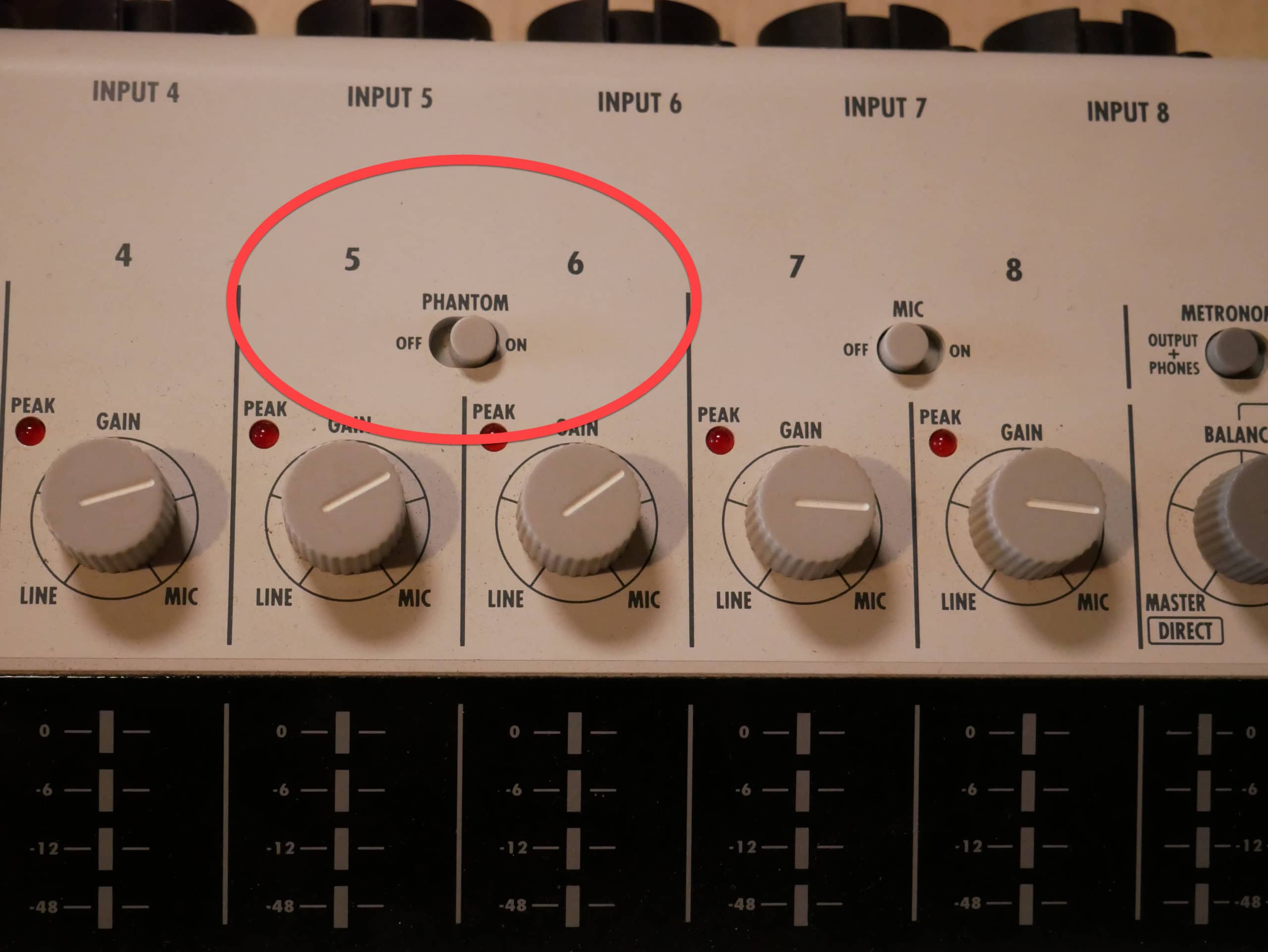A microphone is essential whether you are interested in becoming a professional entertainer or you just want to have some recording fun in your spare time. There are a number of different microphone types and models. Still, the two most common are dynamic and condenser mics.
While the dynamic is more popular as it is something widely accessible to most of us, the condenser mic is a better option if you are looking to engage in professional recording because it has a flat frequency response and a wide frequency range. Through using an internal capacitor it converts basic acoustics into electric energy.
One of the most common questions about a condenser microphone is how to connect it to a laptop. While the process is not as simple as with a basic mic, it is nothing complicated and with the right equipment, you will do it in a matter of a few minutes.
There are three things you need: a condenser mic, a sound card, and a mixing console. The mixing console is critical as without it you will not be able to achieve the best sound quality.
Once you buy all three, all you need to do is to connect the microphone to the mixing console and connect the mixer to the appropriate sound card (that supports a 1/4 inch jack). But wait – how do you power a condenser mic? There are a few methods. Let’s take a look.
The Reason a Condenser Microphone Needs a Phantom Power Source
If you are not already familiar with the design of the condenser microphone, we can tell you that it differs from a basic dynamic mic. It has three essential parts – a back metal plate, a diaphragm, as well as the capacitor which is situated inside of the microphone capsule.
As you record, the diaphragm detects the change in air pressure and sends the waves to the back plate which then returns it back to the diaphragm. The whole issue with this electric signal is that it is not strong enough, and if you want it to be heard on speakers it needs an external amp. Unlike dynamic microphones, a condenser mic without a phantom power supply will do you no good. But is it complicated and how can you power it?
The Three Basic Options to Power a Condenser Microphone
The most popular method is 48V phantom power. For those of you that don’t know, phantom power is an audio interface preamp that supplies a condenser microphone with enough electrical power to give it volume and to improve sound quality.
It is the best way if you are interested in doing any studio recording, as it is affordable and effective.
If recording to a computer primarily, phantom power (the power needed for a condenser mic) can be supplied from an audio interface.
Once you buy one, the only thing you will need to do is to connect it with an XLR cable to your condenser microphone.
For live performances or recording directly to a recording disk or console, most of these units have a few if not all XLR inputs dedicated to delivering phantom power to microphones.
For example, inputs five and six of my hard disk recorder has the ability to send phantom power to microphones.

There are a number of different 48V phantom power options, and it is your decision if you will get an AC or a battery-powered one.
An old-school way would be to invest in a vacuum tube that is able to boost the electric signal emitted by the microphone capsule. While it is not as popular as the phantom power option, it may be a more efficient method if you want to create warm and pure sound. It does have its own power supply and is certainly a cheaper alternative to the abovementioned option.
Last is powering your condenser microphone through an electret. An electret is a dielectric unit that is either attached to the back plate or the diaphragm and provides a constant power supply that runs on batteries. The electret method is used with microphones that are installed in phones, laptops, and other tech gadgets.
If we talk about bigger, professional condenser microphones, the phantom power method is the most effective one.
A Few Things to be Cautious of
There are two main things you need to consider. First, you should never plug in your mic if the phantom power supply is already on. There is a chance for short circuits and losing your microphone or preamp is not something you want. Along with that, be sure to invest in a phantom power interface that is adequate for your condenser mic – if the voltage is lower, these two can’t work together.
Final Thoughts
Investing in a condenser microphone is a smart decision if you are interested in sound recording. There are a number of different models and finding an affordable one shouldn’t be a problem. You should know that this type of mic needs an external power supply, and there are a few methods. We did our best to make this a simple guide on how to power your condenser mic and get the best sound quality out of it.
